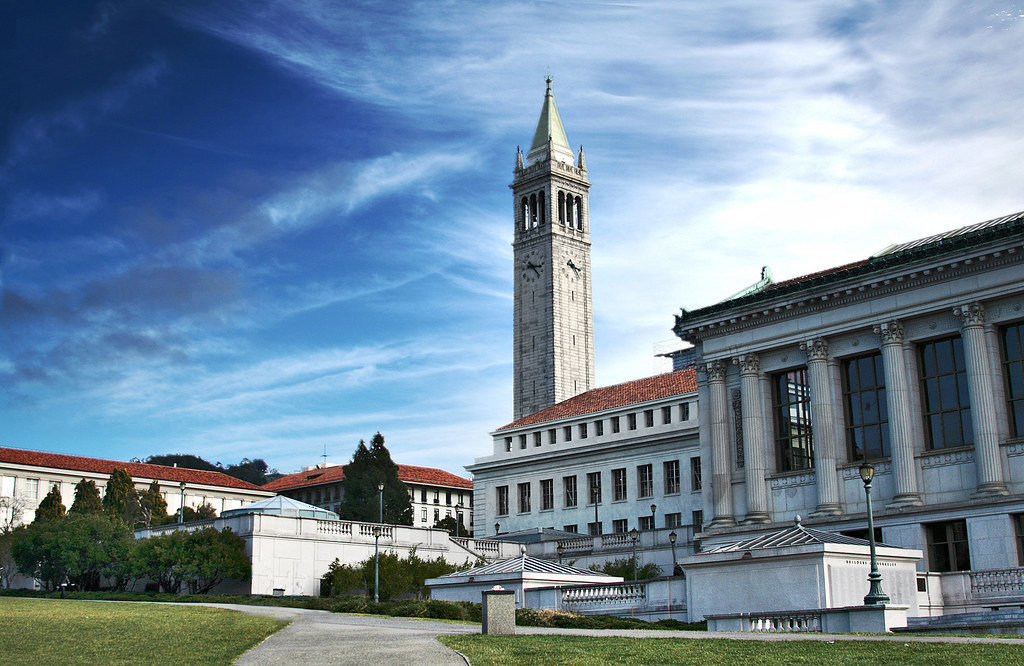GlaxoSmithKline will pour $67 million into a new laboratory at the University of California to industrialize the search for drug clues using the gene-editing tool CRISPR.
Looking at gene function: CRISPR, you’ve heard by now, is the name for a type of molecular scissors that slices and edits DNA. The tool has led to a procession of gene-modified plants, animals, even human babies. Now Glaxo is spending money on a different use of CRISPR that’s less talked about, but maybe more important. The idea is to use it on cells growing in the lab, tweaking all 20,000 or so human genes (alone and in every possible combination) and watching what happens with tools that let scientists peer into individual cells. Are there special combinations that kill cancer? Any that explain why some people don’t get ill, despite a serious gene defect?
The center intends to carry these novel CRISPR screens forward to an industrial scale. Hal Barron, chief scientist at Glaxo, says a single experiment can generate 400 million data points. Machine-learning software will be needed to make sense of the information, and so will clues from large biobanks containing people’s health records.
Don’t settle for half the story.
Get paywall-free access to technology news for the here and now.
